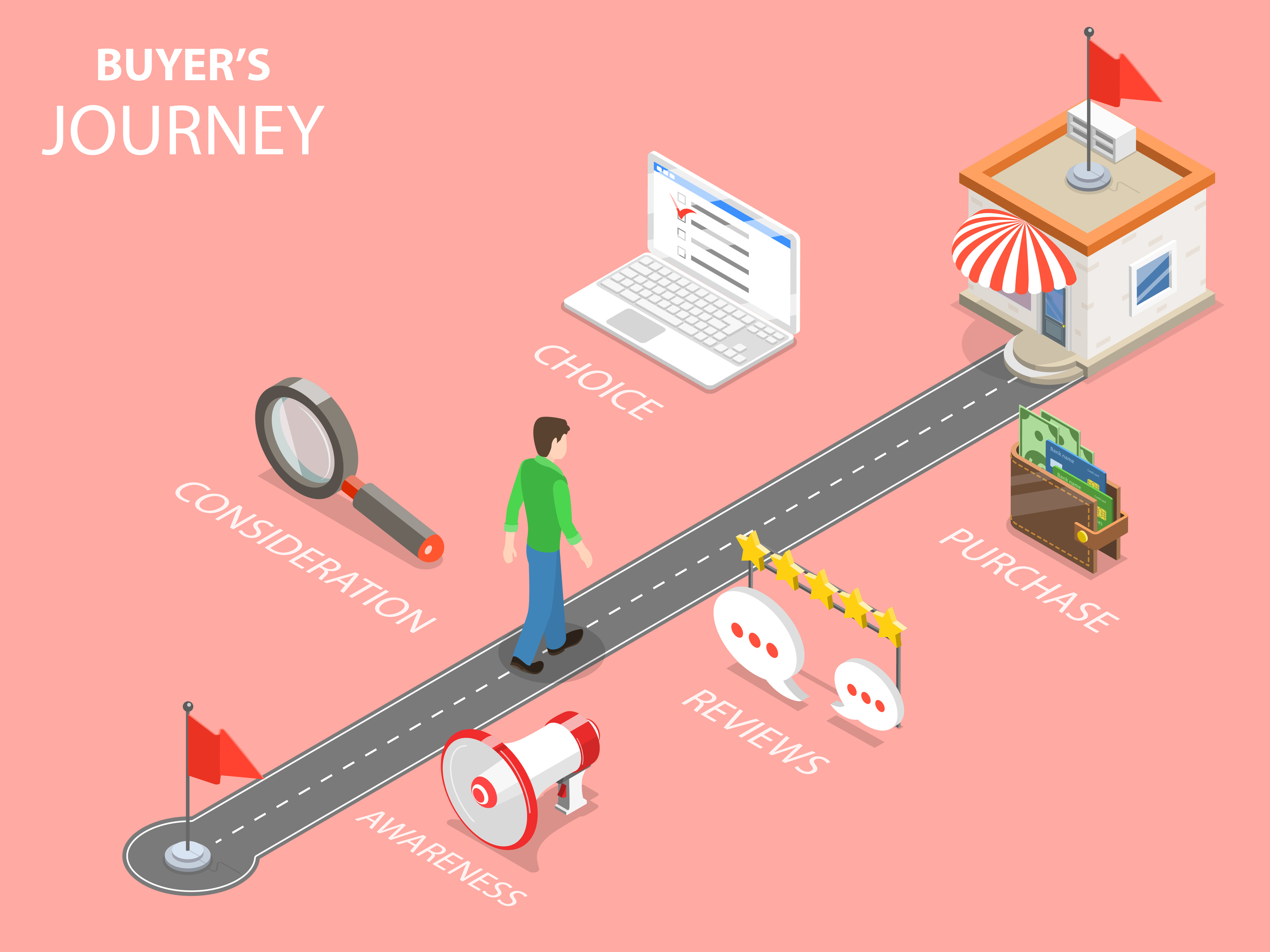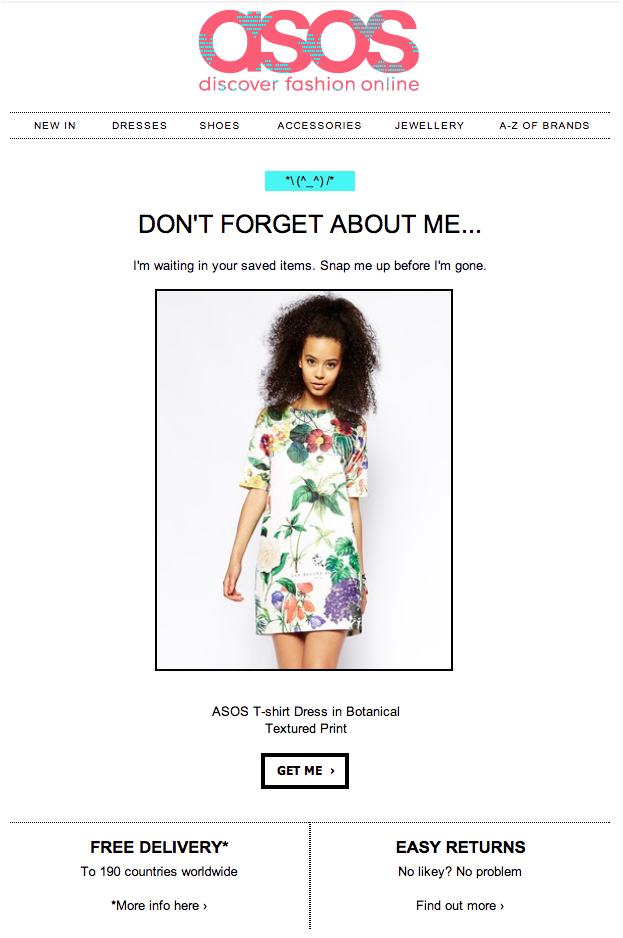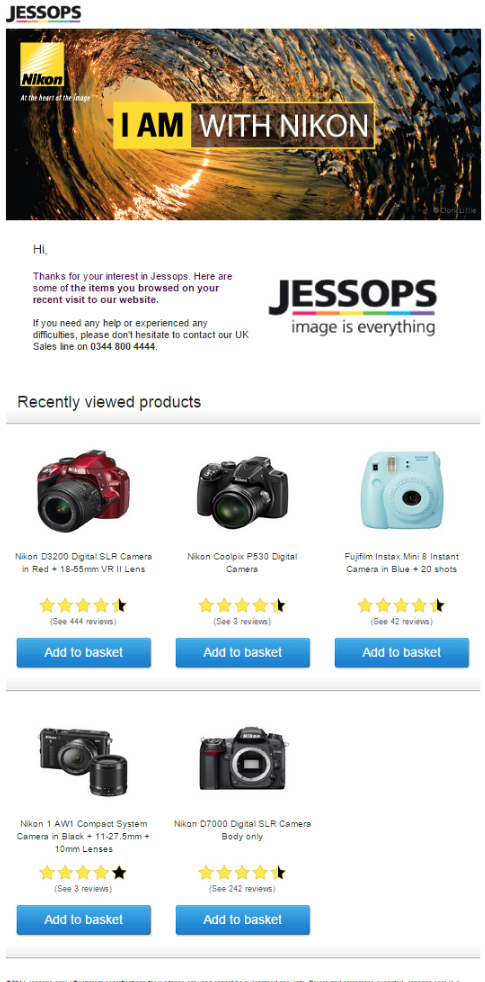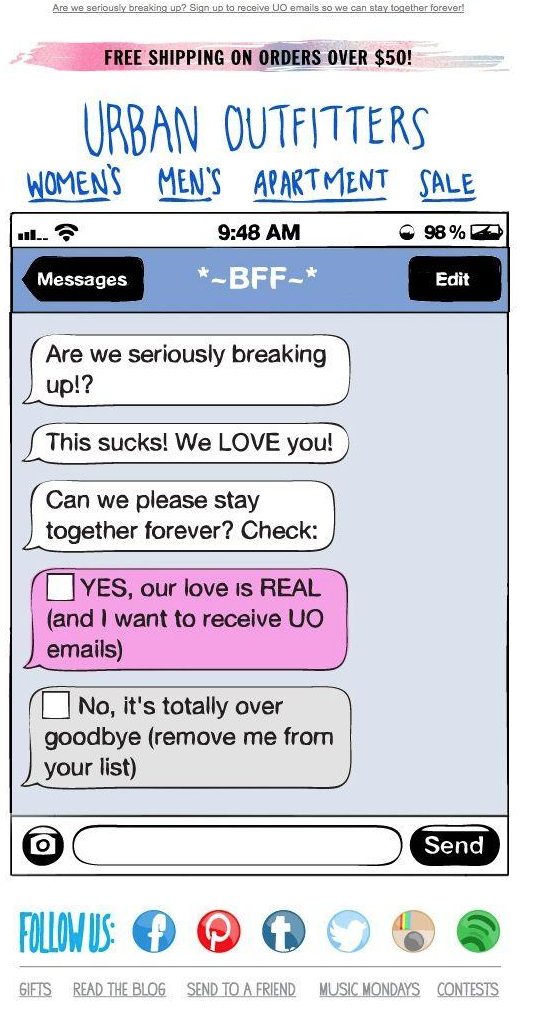It’s about time to pull the trigger on your emails!
Triggered Based Messaging is a powerful marketing tactic that generates millions of dollars of revenue for eCommerce brands every year, and if you haven’t implemented triggered emails in your Marketing Automation strategy, you are missing out on a huge opportunity!
What are Triggered Emails?
Triggered emails are automated emails that are sent based on customer actions.
These types of emails are an essential addition to any eCommerce marketers email plan as it automatically sends timely, personalised and relevant messages at the right moment in the customer’s buying journey.

By responding promptly and meaningfully, eCommerce marketers can reach someone at a time when they actively have a product, service or topic in mind that triggered their initial action, which then triggers your email.
They ultimately aim to nudge the potential customer to continue on their buying journey.
Why are Triggered Emails Important?
Triggered emails increase customer engagement by delivering personalised emails that are highly relevant to their online behaviour and their recent purchase history.
Triggered email campaigns have been proven to provide the following benefits to businesses:
- Increased customer engagement
- Higher acquisition
- Better retention of customers
A recent report revealed that trigger emails generate 5 x the click-through rate, almost double the open-rate, and 3 x the conversion rate opposed to general promotional emails.
But, despite these figures, approximately only 7% of total campaigns use trigger or automation, creating a missed opportunity for marketers and businesses.
So without further adieu, here are four automated triggered emails that every eCommerce store needs to set up and optimise if you haven’t already. This marketing automation strategy will boost sales, increase customer engagement and continue to advance them along the sales funnel.
Welcome Series
Welcome emails have become a universally recognised component of the eCommerce store shopping experience with 74% of consumers expecting welcome emails once they subscribe to a newsletter, create an account or make a purchase.
Welcome emails are your chance to set the tone for your customer relationship and make a killer first impression for your first point of contact. It also determines the likelihood or frequency that your customer will open your emails in future, so make sure you get it right!
Not only that, but not having a welcome email is a missed unique opportunity to generate sales. Compared to general promotional emails, welcome emails generate a huge 320% more revenue PER email!
Although the welcome email might seem self-explanatory, it serves many important functions:
- It sets subscriber expectations letting them know how often you will be in contact, ultimately reducing the chance of new prospects clicking unsubscribe.
- Encourages subscribers to connect with you on other channels.
- Gets subscribers back to your store by harnessing a subscriber’s initial enthusiasm for your brand.
- Creates a strong first impression to keep customers engaged and open your future subsequent emails.
The example from Hinge does a great job setting the tone of their brand and encouraging the recipient to get started using their app.

(via Reallygoodemails)
Abandoned Cart Series
Have you ever added an item to your online shopping cart and then left before checking out and making a purchase?
It’s understandable. We have all done it at some point.
People are easily distracted. They go to make an online purchase and something else catches their attention and that sale slips through your fingers.
The baby cries, their phone rings, their lunch break is over… and without a second thought, they have abandoned their cart.
Cart Abandonment is an increasing challenge for marketers with approximately 75.6% of all eCommerce visitors abandoning their shopping cart.
In an attempt to recover these sales, it is important for eCommerce stores to have automated abandoned cart reminder emails triggered and sent out to the customer after leaving your site.
Approximately 46% of customers open cart abandonment emails, 13% click through the email, and about 35% end up completing their purchase.
These statistics truly showcase the importance of including these emails to gently nudge customers to come back and hopefully make a purchase.
Here’s a simple example from ASOS. The layout is clean and minimal and designed to create a sense of urgency and FOMO (fear of missing out).

(via Remarkety)
Abandoned Browser Series
So, what about the vast portion of visitors who browse through your products on your website but don’t add anything to their cart?
These customers have basically handed you a list of items that they are interested in, giving you an opportunity to trigger an email meeting their needs. This is exactly where a browse abandonment email can assist.
If they are looking at hotels in Sydney… why not send them an email with your top 5 rated hotels in Sydney? Looking at work shoes… why not recommend the best selling work shoes that week?
However, it’s important to set criteria that dictates who receives a browse abandonment email, otherwise, you might end up with many peeved off customers. You might only have triggers set up for the following customer actions:
- Looking at an item more than once
- Browsing several items in a specific category (‘leather wallets’)
- Using the site search function to search in a particular product or category
With all this data at the tip of your fingers, your options are endless.
This example by Jessops includes the products customers viewed before leaving the site, which keeps the products at the forefront of their minds.

(via Fresh Relevance)
Win-Back Email Series
You might think that winning back your inactive email list subscribers is pointless.
But, contrary to belief, it is actually 5 to 25 times MORE expensive to acquire a new customer than to keep hold of an existing one, which is why win-back emails are essential to include in your email marketing mix.
Marketers typically ignore the simplest and most effective method of increasing their ROI and put minimal effort into reactivating disengaged customers.
BUT, Did you know?
A repeat customer has a 60% – 70% chance of converting and is 9 x more likely to make a purchase than a brand new customer.
Unfortunately, customers eventually stop coming back to your eCommerce store with email marketing databases naturally degrading by approximately 22% every year. That is why it is crucial to re-engage members and as the name describes, win them back!
A win back email typically offers a customer a form of incentive to make a conversion through a discount code, free shipping or a gift which can be triggered after a certain amount of inactive time. Depending on your level of communications, we could suggest activating a win back email anywhere between 60 to 120 days of continuous inactivity.
This one from Urban Outfitters does a great job of combining a blend of humour and emotional appeal and stands out from typical marketing emails.

(via Smartrmail)
Conclusion
For a successful triggered email marketing program, the key is to employ different triggers that will nurture your customer down the sales purchasing funnel. The customer’s decision-making process and state of mind will alter, hence why your communications need to be catered and personalised towards each individual opposed to a one size fits all approach.
Marketing Automation does a huge portion of the work for you and when combined with triggered emails, it will ensure that your emails are highly targeted to receive the best possible results.

